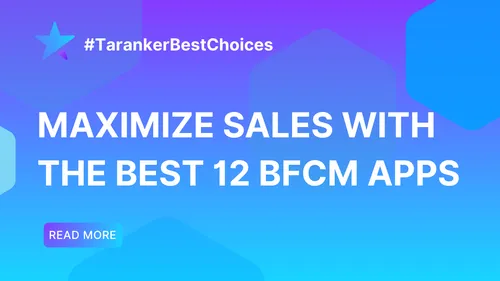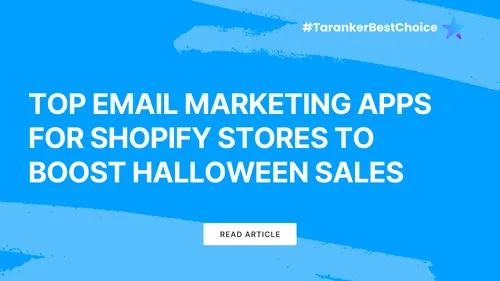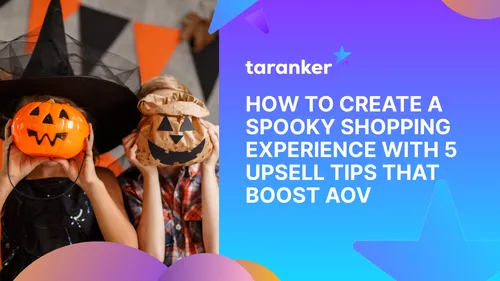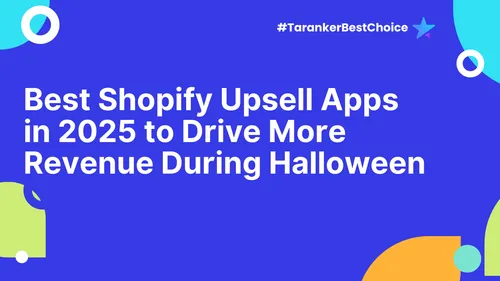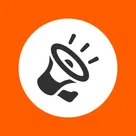Influencer marketing has become a game-changer for eCommerce brands, and Shopify merchants are no exception. With social media dominating consumer purchasing decisions, partnering with influencers can help you drive brand awareness, boost credibility, and increase sales.
But influencer marketing isn’t just about paying someone with a huge following to promote your product. Successful Shopify merchants use a well-planned strategy to find the right influencers, create authentic collaborations, and track performance for maximum ROI.
In this guide, we’ll break down:
✅ Why influencer marketing works for Shopify stores
✅ How to find the right influencers for your niche
✅ Best collaboration strategies for high conversions
✅ Tools & apps to manage influencer partnerships
✅ How to track success and optimize campaigns
By the end, you'll have a clear roadmap to executing influencer marketing that actually drives sales for your Shopify store.
1. Why Influencer Marketing is Powerful for Shopify Stores

Influencer marketing works because consumers trust recommendations from real people more than traditional ads.
a) Social Proof Builds Instant Credibility
Consumers are bombarded with ads daily, but they trust recommendations from influencers they follow. When an influencer authentically endorses your product, it feels like a friend’s recommendation, making people more likely to buy.
💡 Stat: 89% of marketers say influencer marketing delivers higher ROI than other marketing channels.
📌 Example: A Shopify skincare brand partners with beauty influencers on TikTok, leading to a 40% increase in website traffic.
b) Access to Highly Engaged Audiences
Influencers have loyal followers who actively engage with their content. When they promote your Shopify store, you get direct access to an audience already interested in your niche.
✅ Micro-influencers (10K - 100K followers) have higher engagement rates than celebrities.
✅ Niche influencers help you target specific customer demographics.
📌 Example: A Shopify home decor store partners with interior design influencers on Instagram, leading to a 20% increase in conversions.
c) Increases Brand Awareness and Organic Sales
A well-executed influencer campaign can help your Shopify store:
✔ Boost brand visibility by reaching thousands of potential customers.
✔ Generate long-term organic sales as influencer content gets shared.
✔ Rank better on Google & social media searches due to increased brand mentions.
📌 Example: A Shopify fashion brand collaborates with TikTok influencers, resulting in a viral trend and a 300% sales spike in one week.
2. How to Find the Right Influencers for Your Shopify Store
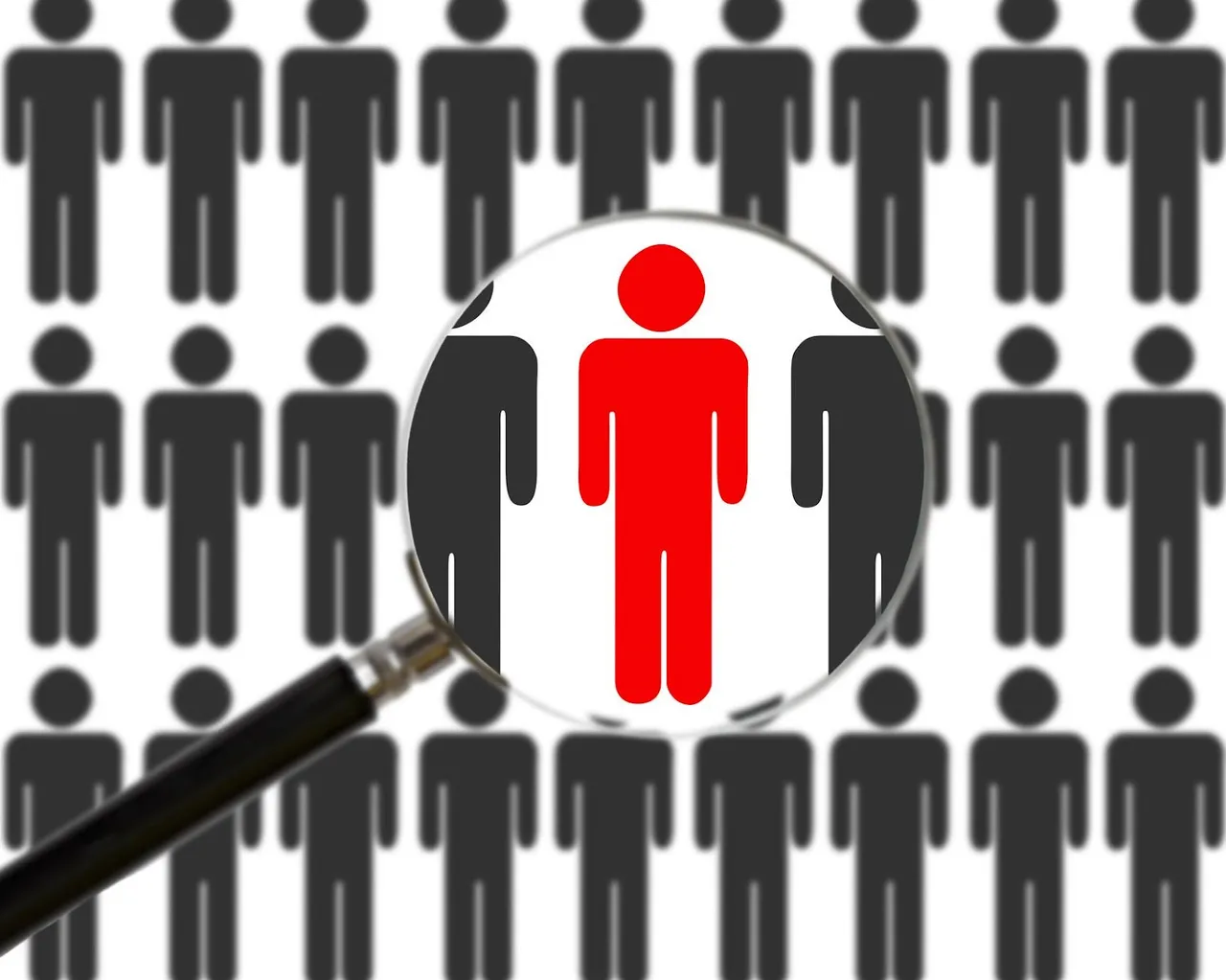
Not all influencers will be a good fit for your brand. Choosing the right ones is crucial to ensuring authenticity and high ROI.
a) Identify Your Target Audience
Before reaching out to influencers, define:
✅ Who your ideal customers are (age, interests, shopping habits).
✅ Which social media platforms they use the most.
✅ What type of content they engage with (reviews, tutorials, unboxings, etc.).
📌 Example: If you run a Shopify pet store, look for influencers in the pet lover & pet care niche on Instagram and TikTok.
b) Choose the Right Type of Influencer
There are different types of influencers, and each serves a different purpose:
✔ Nano-Influencers (1K - 10K followers): Best for authentic engagement & budget-friendly collaborations.
✔ Micro-Influencers (10K - 100K followers): Higher engagement rates and more affordable than celebrities.
✔ Macro-Influencers (100K - 1M followers): Great for brand awareness and larger campaigns.
✔ Mega-Influencers (1M+ followers): Expensive, but provide massive exposure.
📌 Example: A Shopify fitness brand partners with 20 micro-influencers instead of one mega-influencer, generating more conversions at a lower cost.
c) Where to Find Influencers
You can find influencers on:
📍 Instagram & TikTok: Search hashtags like #FitnessInfluencer or #VeganSkincare.
📍 YouTube: Look for influencers who do product reviews & unboxings.
📍 Influencer Platforms: Upfluence, AspireIQ, Heepsy help brands connect with influencers.
📍 Competitor Analysis: Check which influencers are working with competitors in your niche.
🔥 Pro Tip: Prioritize influencers who have a history of engaging with followers, not just high follower counts.
3. Best Influencer Collaboration Strategies for Shopify Stores
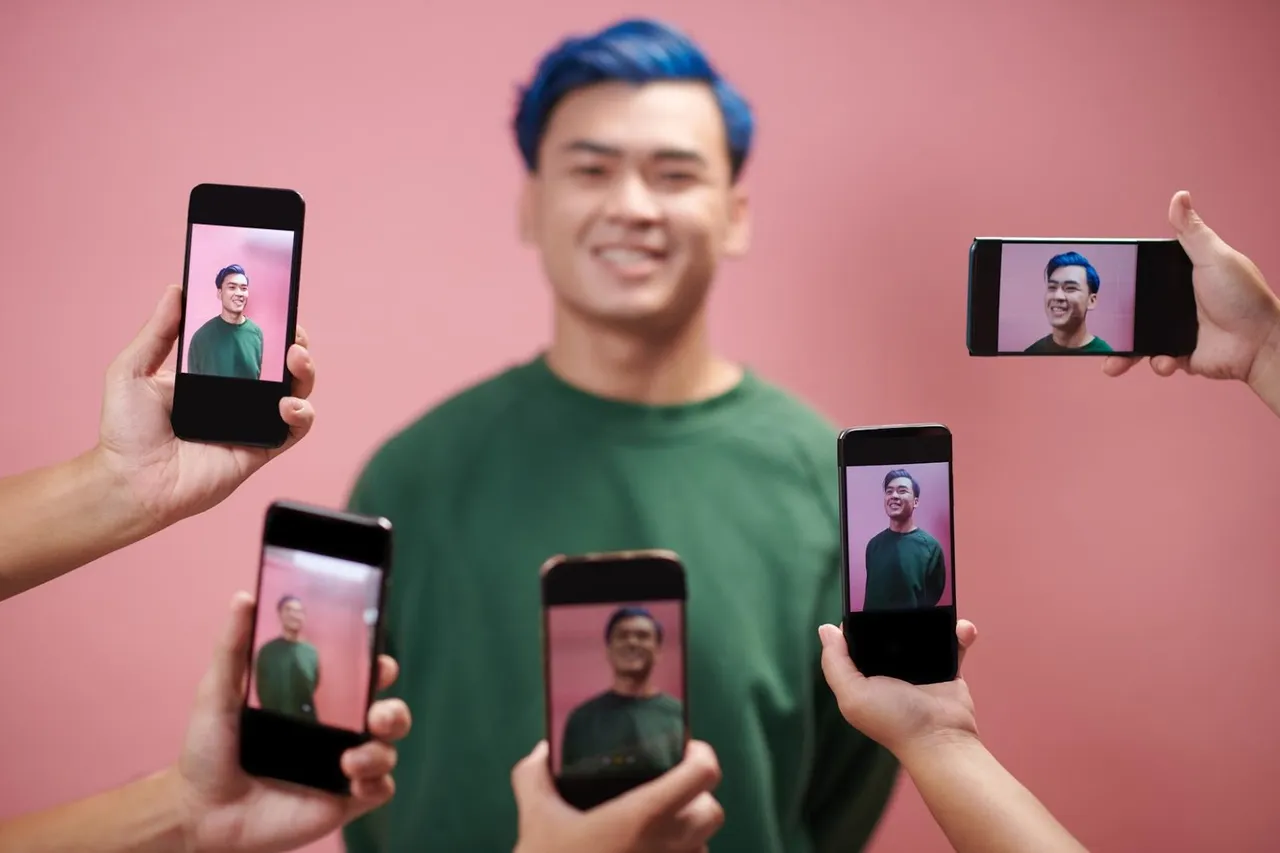
a) Sponsored Product Reviews
Send influencers free products in exchange for an honest review.
✅ Best for: Beauty, fashion, tech, and home goods.
✅ Why it works: Authentic testimonials build trust and encourage purchases.
✅ Where to do it: Instagram Reels, TikTok, YouTube unboxings.
📌 Example: A Shopify eco-friendly brand partners with sustainable lifestyle influencers, leading to a 25% increase in eco-conscious customers.
b) Affiliate Marketing & Discount Codes
Give influencers a unique discount code to share with their followers.
✅ Best for: Fashion, beauty, fitness, food brands.
✅ Why it works: Incentivizes followers to buy & allows performance tracking.
✅ Where to do it: Instagram Stories, TikTok, Twitter, Blogs.
📌 Example: A Shopify jewelry brand gives influencers a 15% off code, driving consistent monthly sales.
🔥 Shopify Apps: Refersion, Affiliatly, UpPromote.
c) Giveaways & Contests
Run influencer-led giveaways to increase brand exposure and engagement.
✅ Best for: New product launches.
✅ Why it works: Encourages social sharing & rapid follower growth.
✅ Where to do it: Instagram posts & Stories, TikTok challenges.
📌 Example: A Shopify coffee brand teams up with an influencer for a "Win a Year’s Supply of Coffee" giveaway, increasing email subscribers by 40%.
🔥 Shopify Apps: Gleam, ViralSweep.
4. Tools & Apps to Manage Influencer Marketing

✅ Upfluence – Find & track influencer campaigns.
✅ Heepsy – Discover Instagram & YouTube influencers.
✅ Refersion – Manage Shopify influencer affiliates.
✅ Klaviyo & Omnisend – Automate email follow-ups with influencers.
5. How to Measure Influencer Marketing Success
Track these key metrics:
✔ Engagement Rate: Likes, shares, comments on influencer posts.
✔ Click-Through Rate (CTR): Number of followers clicking on your Shopify link.
✔ Conversion Rate: How many sales were generated from the campaign.
✔ Return on Investment (ROI): Compare influencer spend vs. revenue gained.
📌 Example: A Shopify fashion brand spends $5,000 on influencer partnerships and generates $25,000 in sales, achieving an ROI of 5x.
Final Thoughts: Influencer Marketing is a Shopify Growth Hack
Influencer marketing is one of the fastest ways to gain visibility and trust for your Shopify store. By choosing the right influencers, leveraging authentic content, and tracking performance, you can drive consistent sales and long-term growth.
💡 Take Action Today! Reach out to 3 influencers in your niche and start testing your first influencer campaign!
